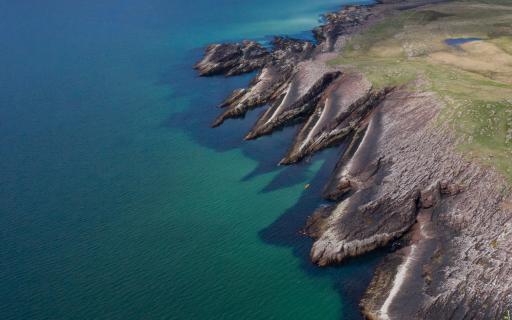
Durness
The spectacular village of Durness is the most north westerly on the British mainland. Bounded by rocky shores, sandy beaches and the dramatic mountainous scenery of Sutherland, Durness forms a key part of the North West Highlands Geopark. The village and the area that surrounds it are a haven for walkers of all levels with some of the most beautiful landscape features in the mainland Highlands. The sensational sand dunes abound by magnificent machair at Faraid Head, An Fharaird in Gaelic, are a wonder of nature and a favourite walking route for visitors. The scenic value of the peninsula, together with those at Oldshoremore and Cape Wrath, are recognised as a Special Landscape Area.
A mile to the east of Durness lies a curious complex of caves set into limestone cliffs with a fascinating history. At 50ft high, the impressive Smoo Cave boasts one of the largest entrances to any natural sea cave in Britain. Its beauty and mystery have inspired many myths and legends throughout history, and it is not hard to see why. From its stunning waterfall, the floodlit chamber, to the roar of the crashing seas, visitors today are still frequently enraptured by the immense atmosphere of the cave.
Plan your visit
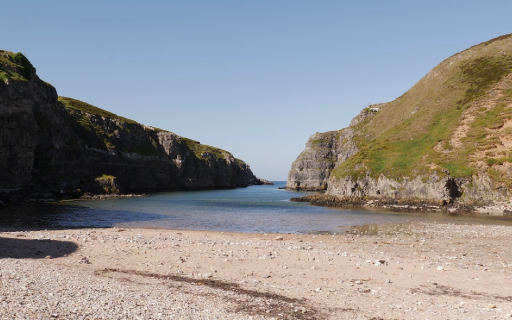

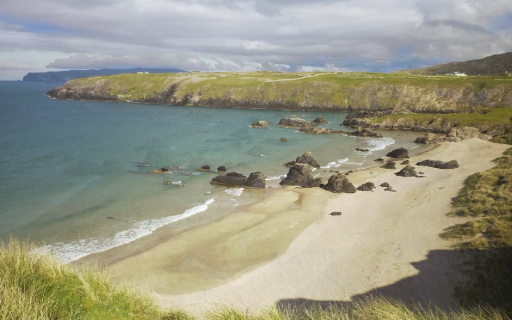
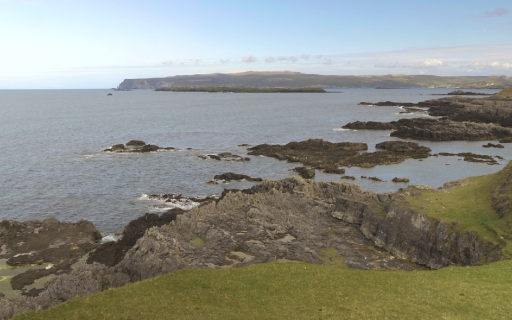
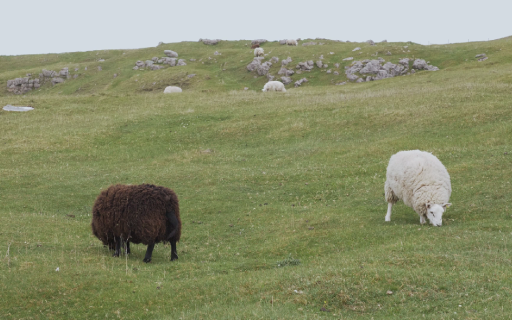
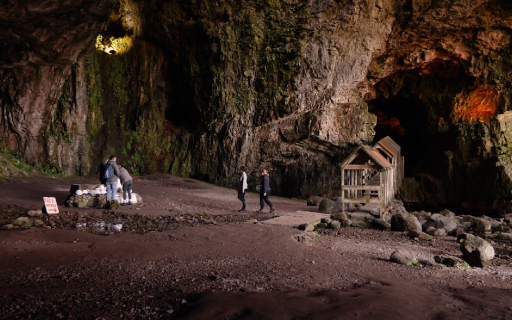
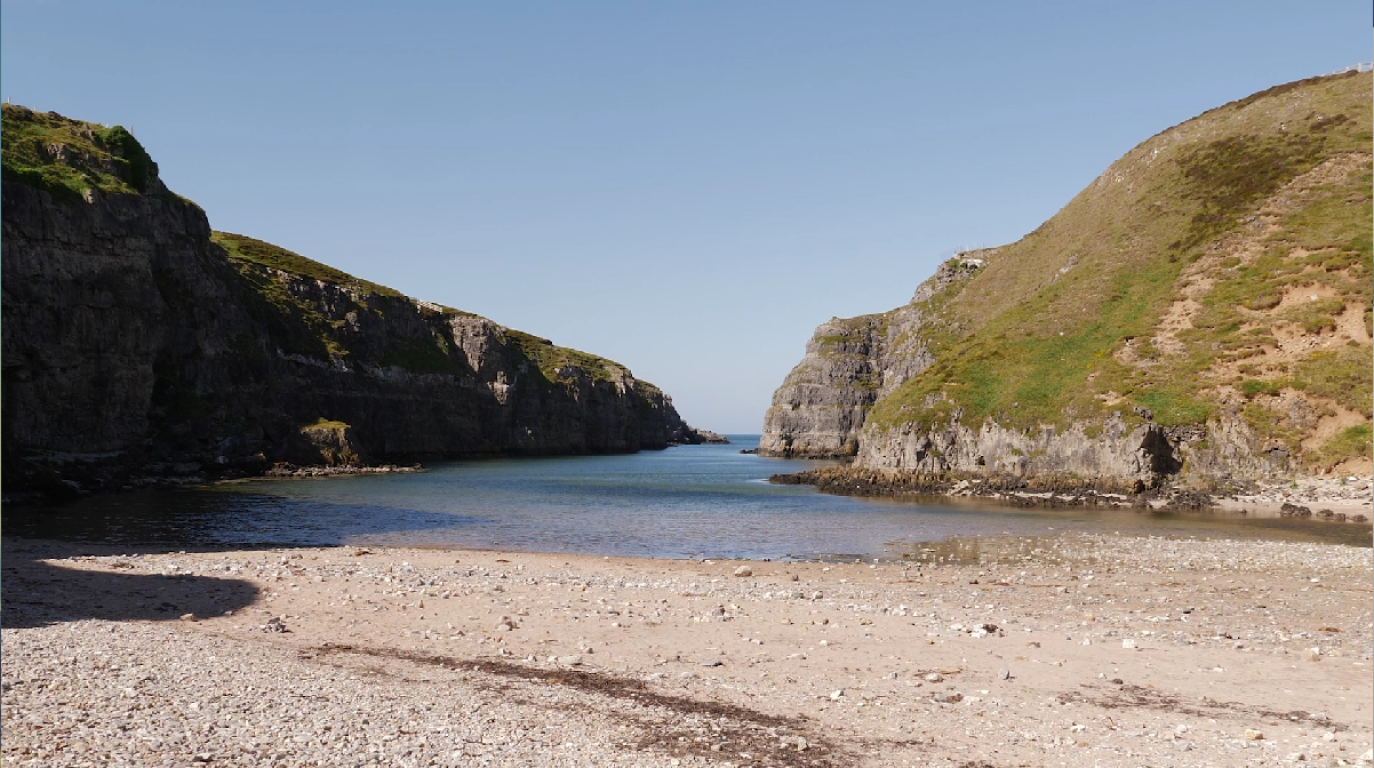
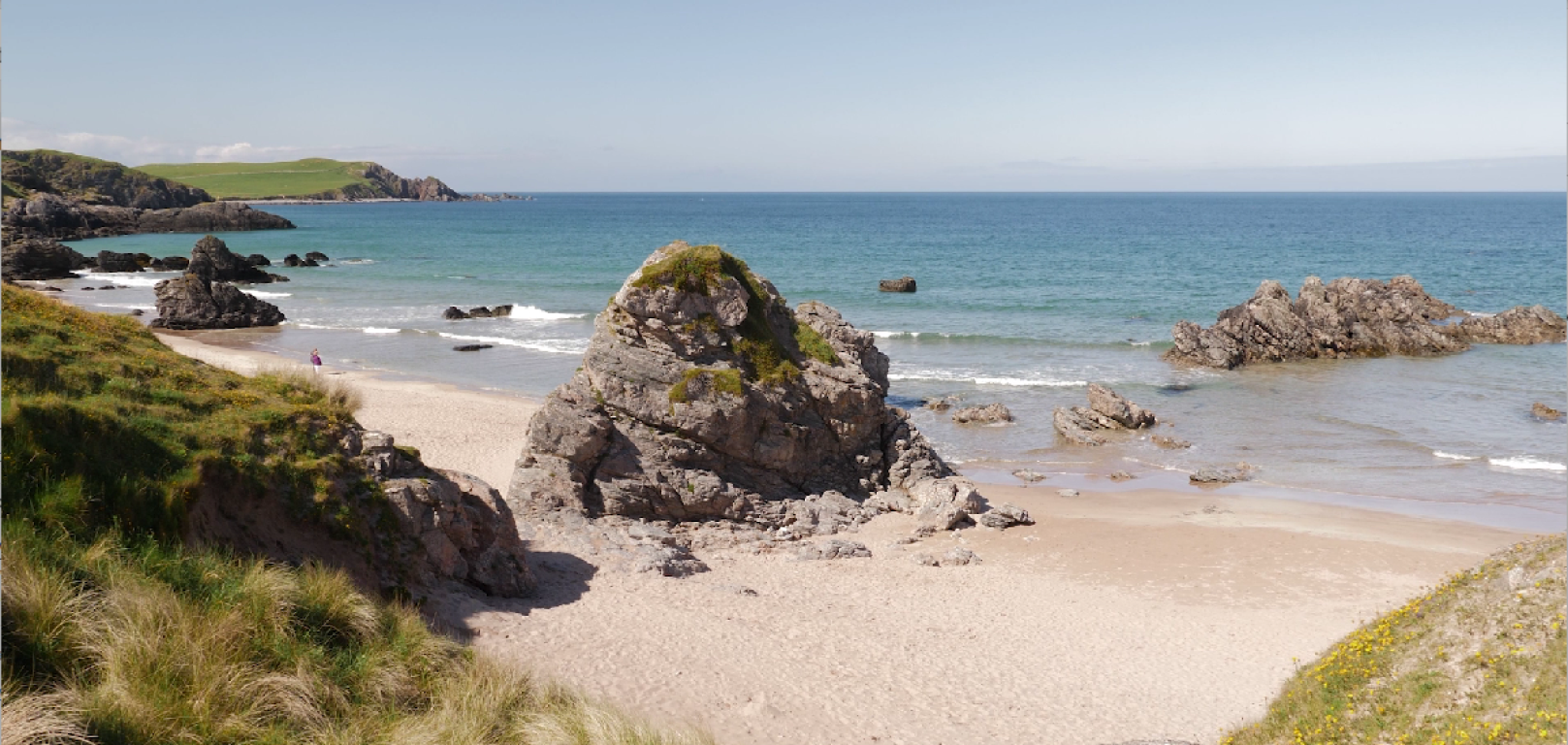
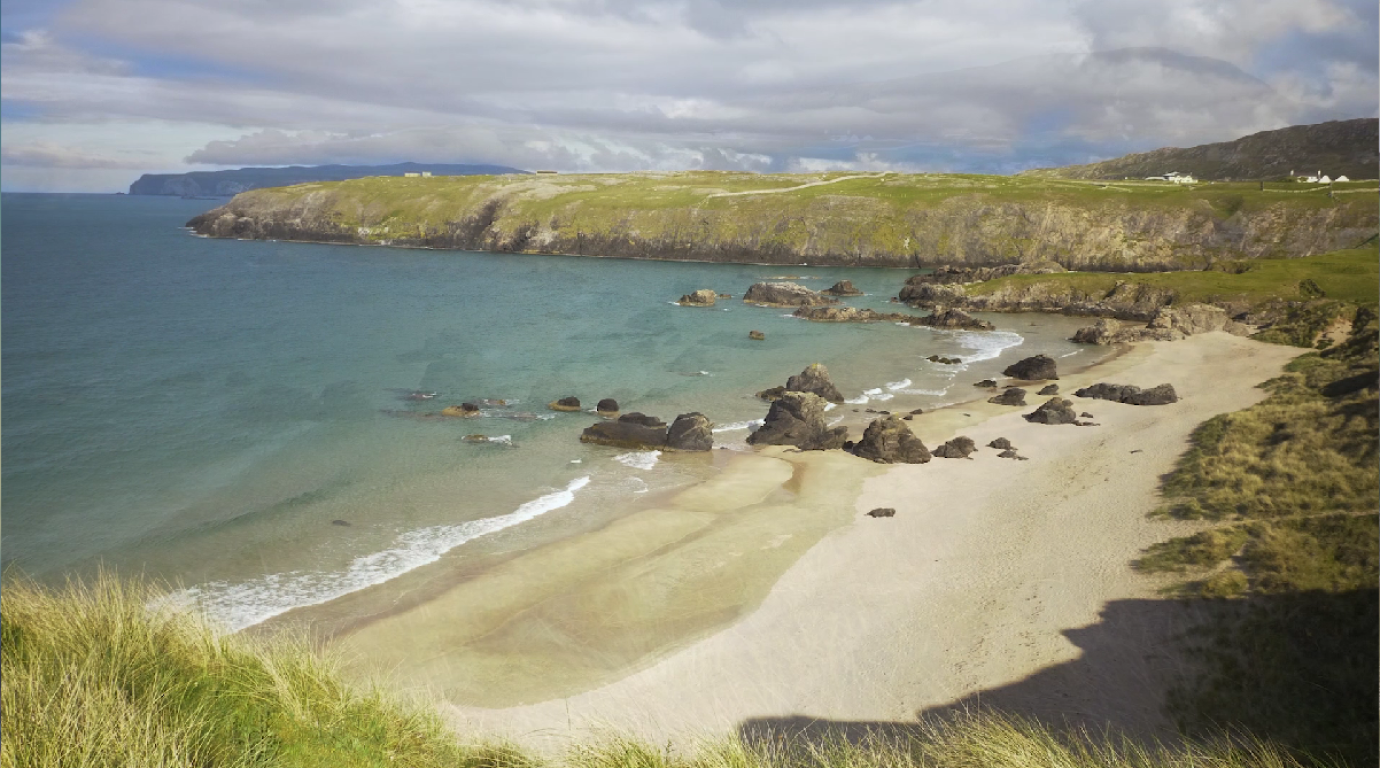

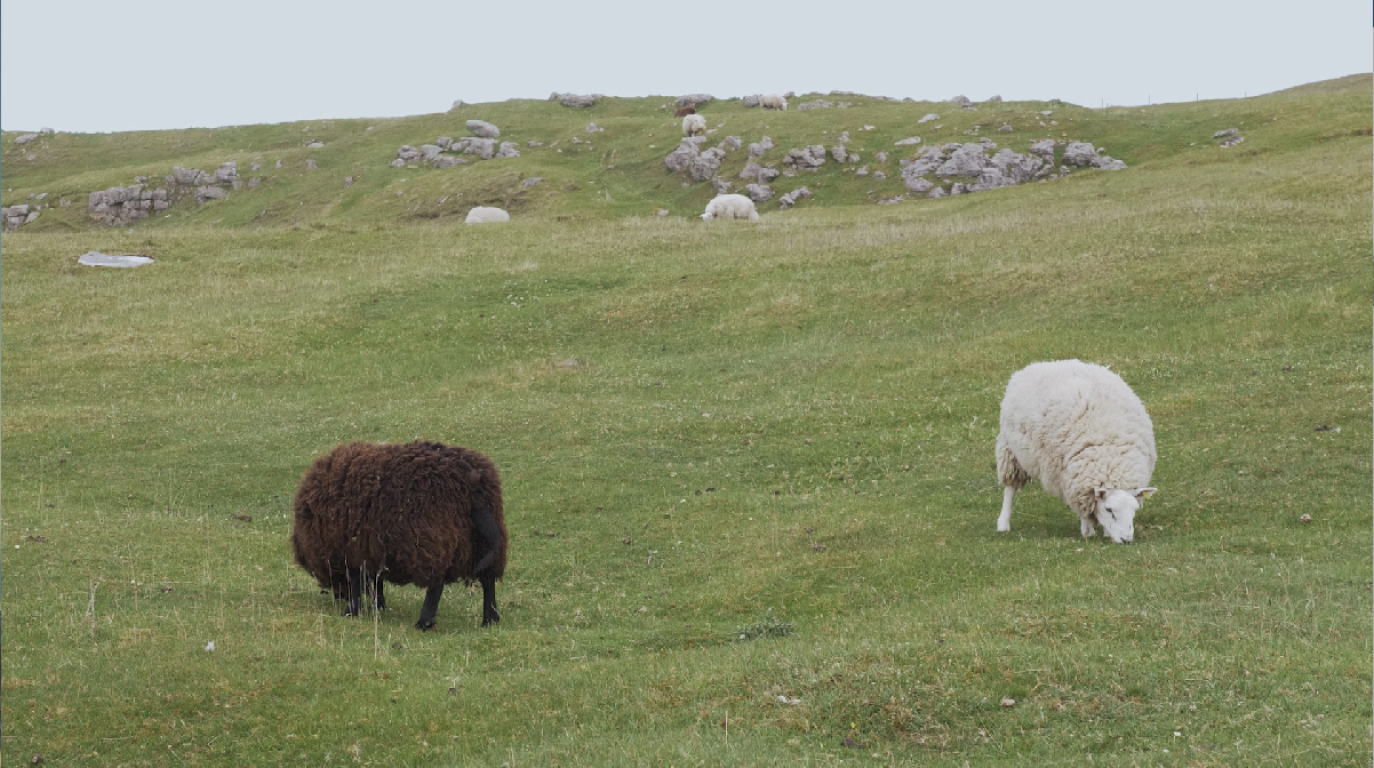
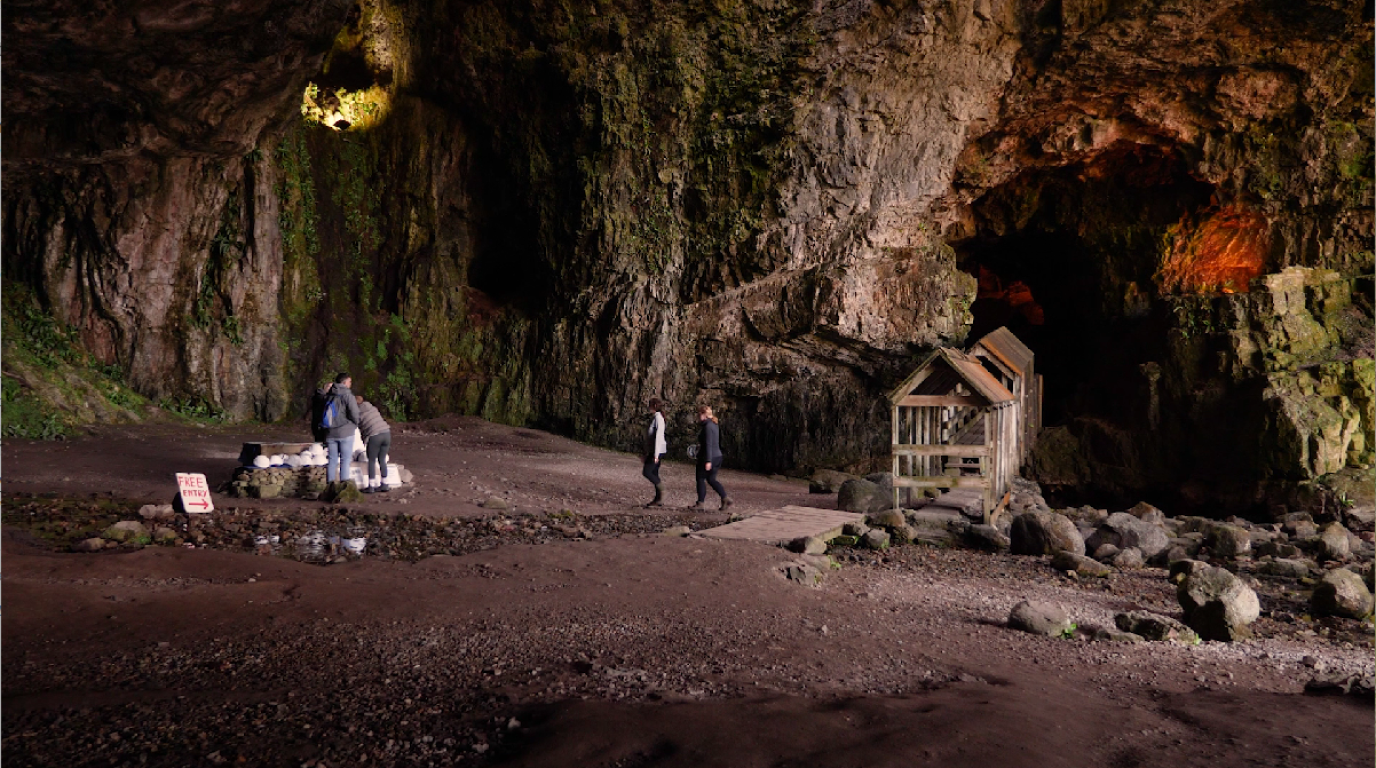
A Local View
Get Inspired
Plan Your Next Adventure with Spirit of the Highlands and Islands
With so much to explore in the Highlands and Islands it can be hard to know where to start. Learn about our new journey planning tool to help you get inspired by local communities for your next visit!
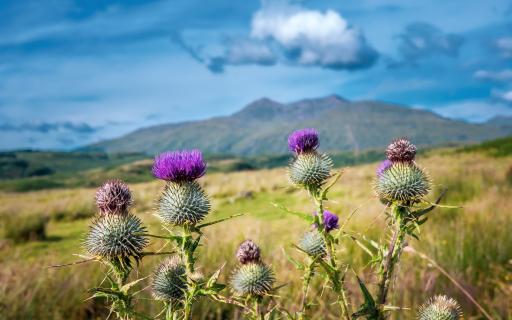
Tiny but Mighty: The Scottish Primrose
This week we had the pleasure to hear from Donald Mitchell, Countryside Ranger for North West Sutherland, about his work and about a rather special encounter with the tiny but mighty Scottish primrose...

Favourite Places: Durness and the North West
"...they're grounding because we were very fortunate in lockdown to be stuck in such a stunning place..."
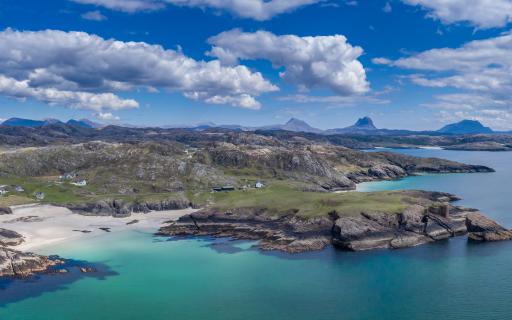
Plan your visit
Suggested Itineraries
You can visit Durness as part of these itineraries:
